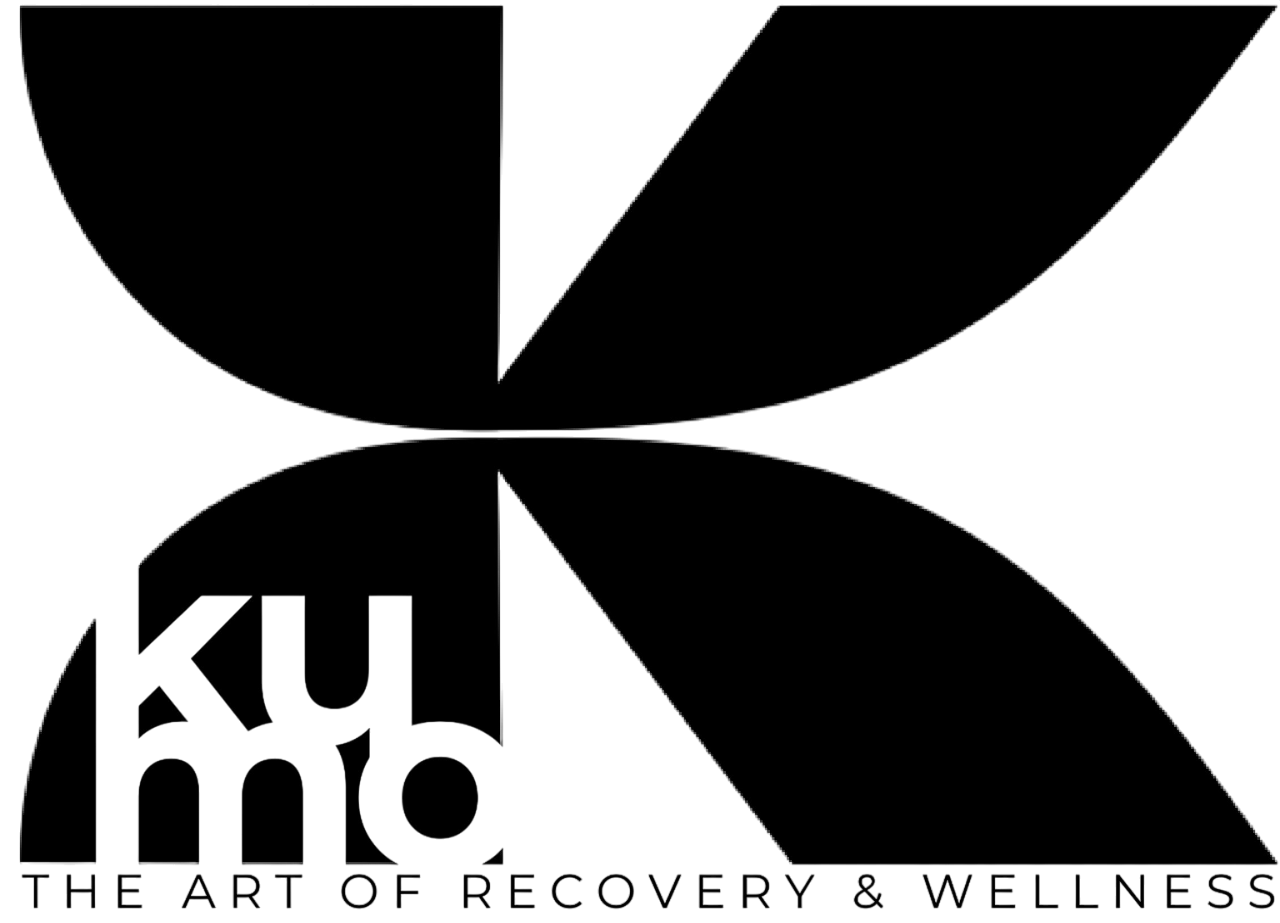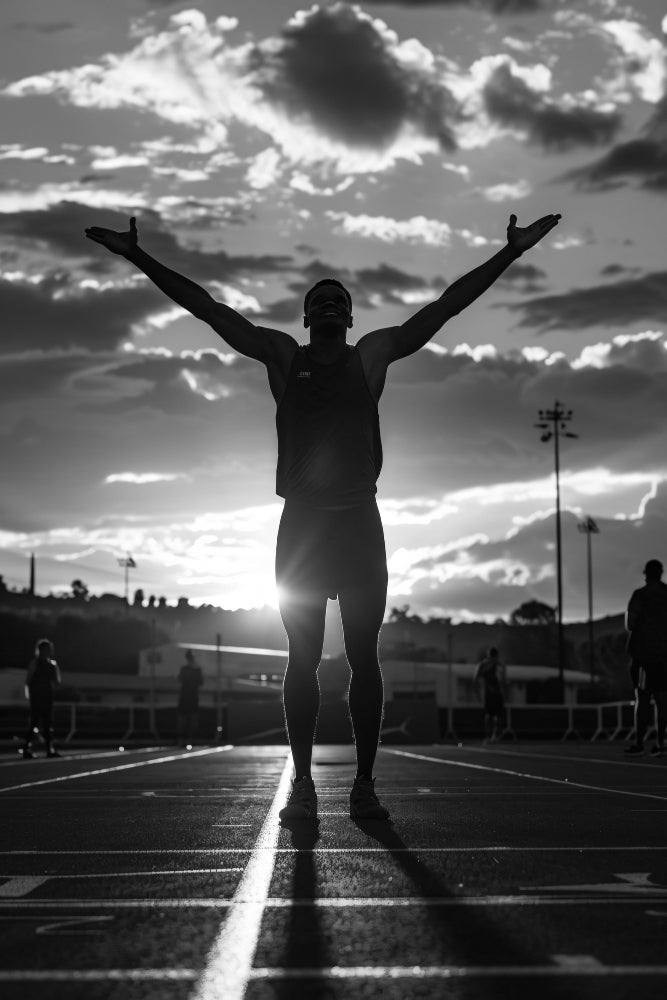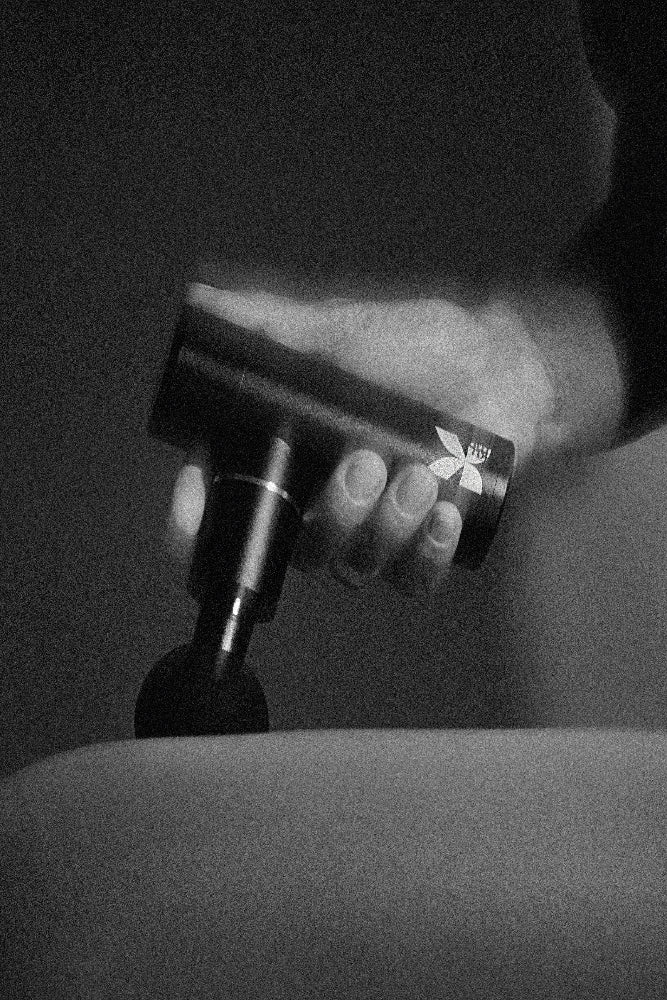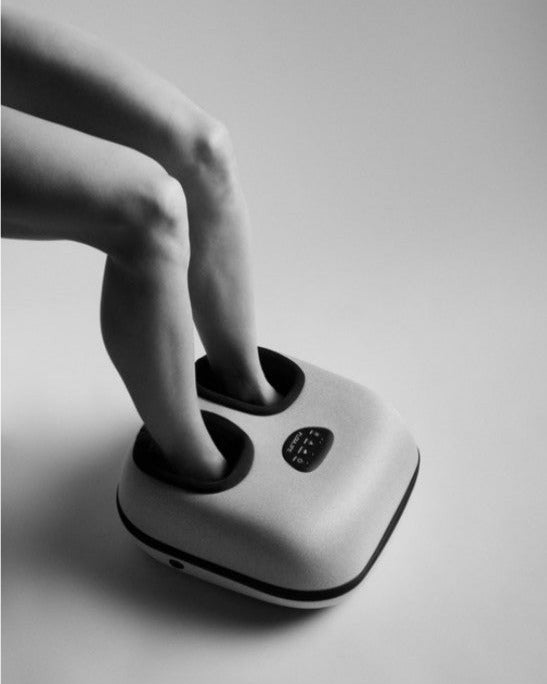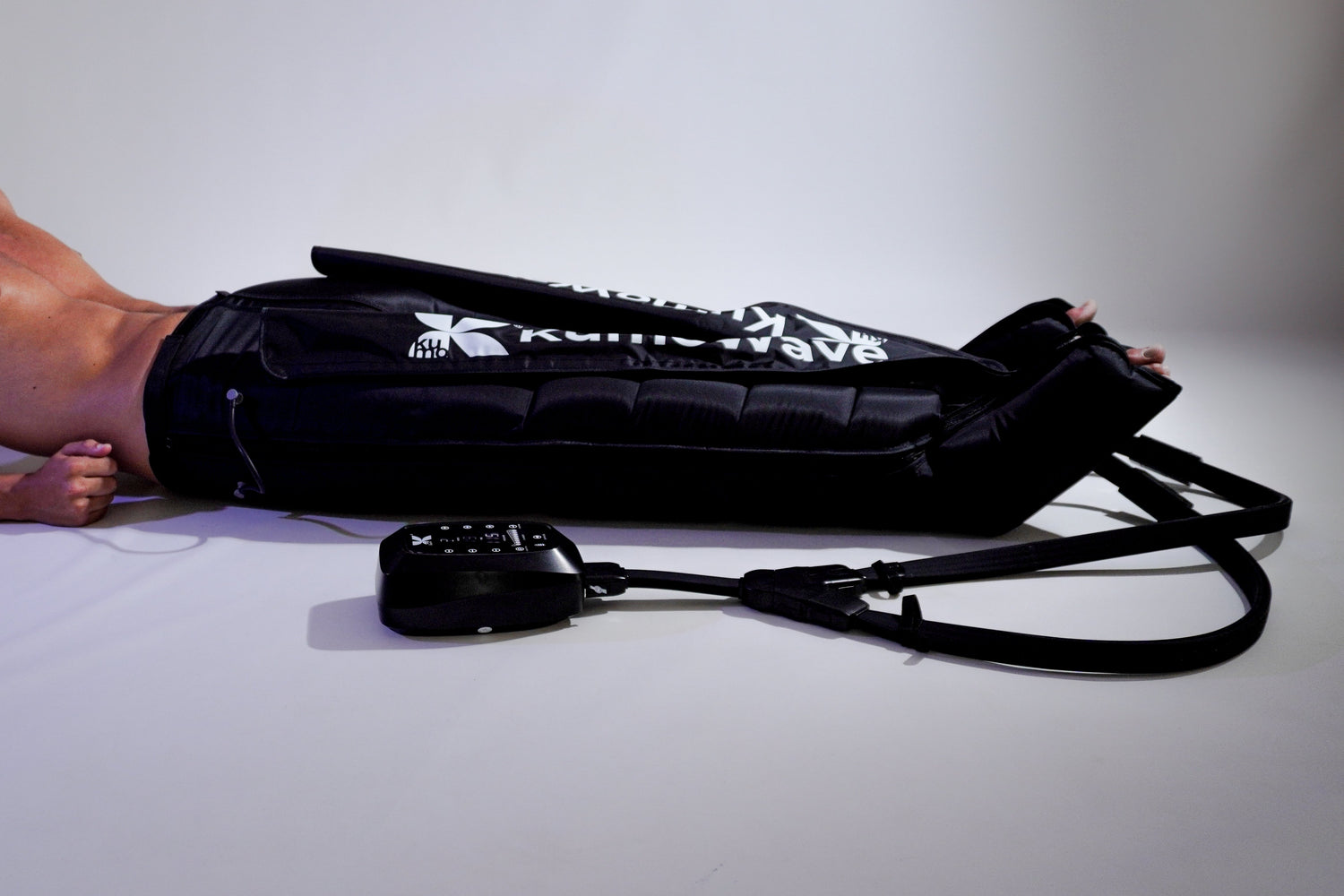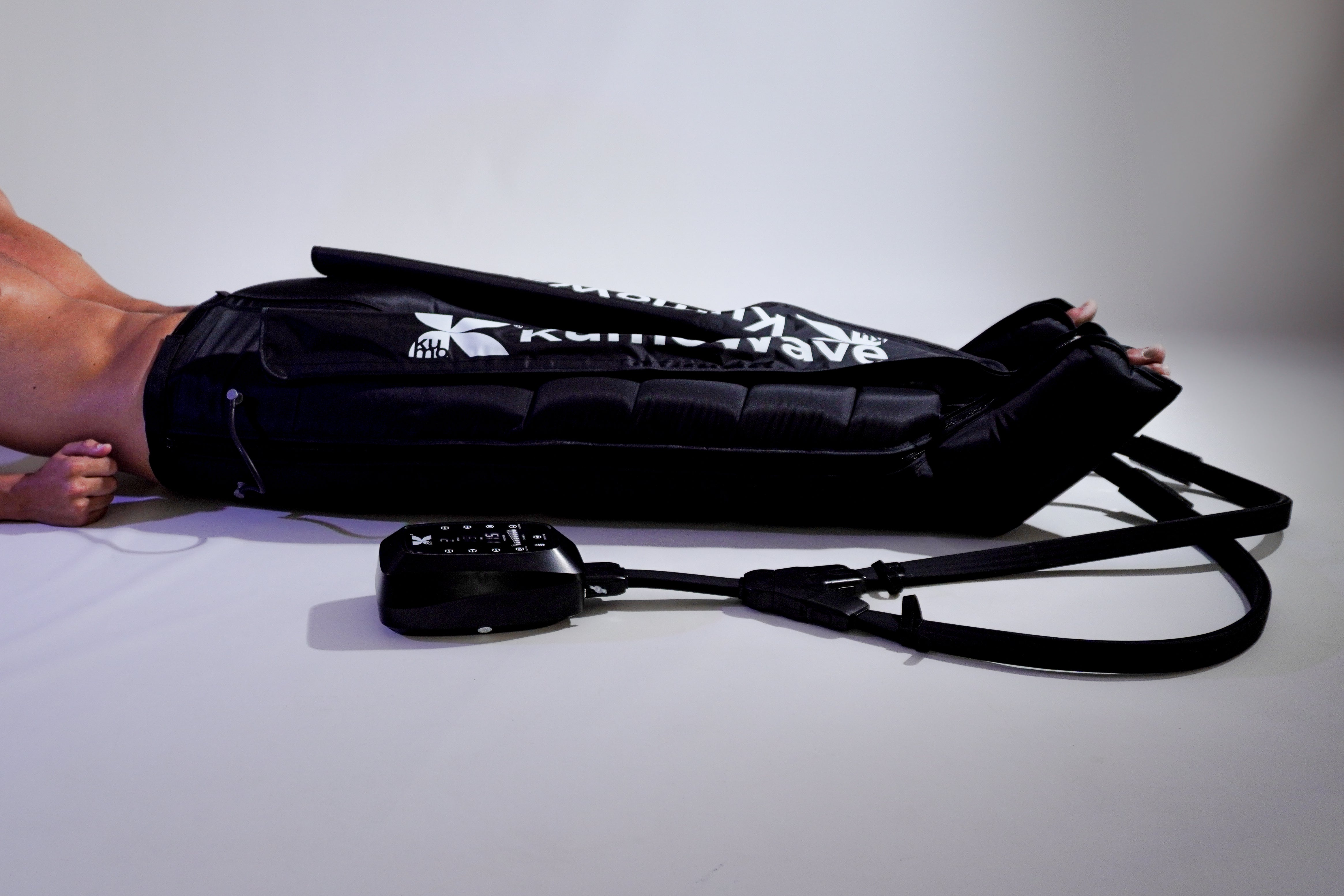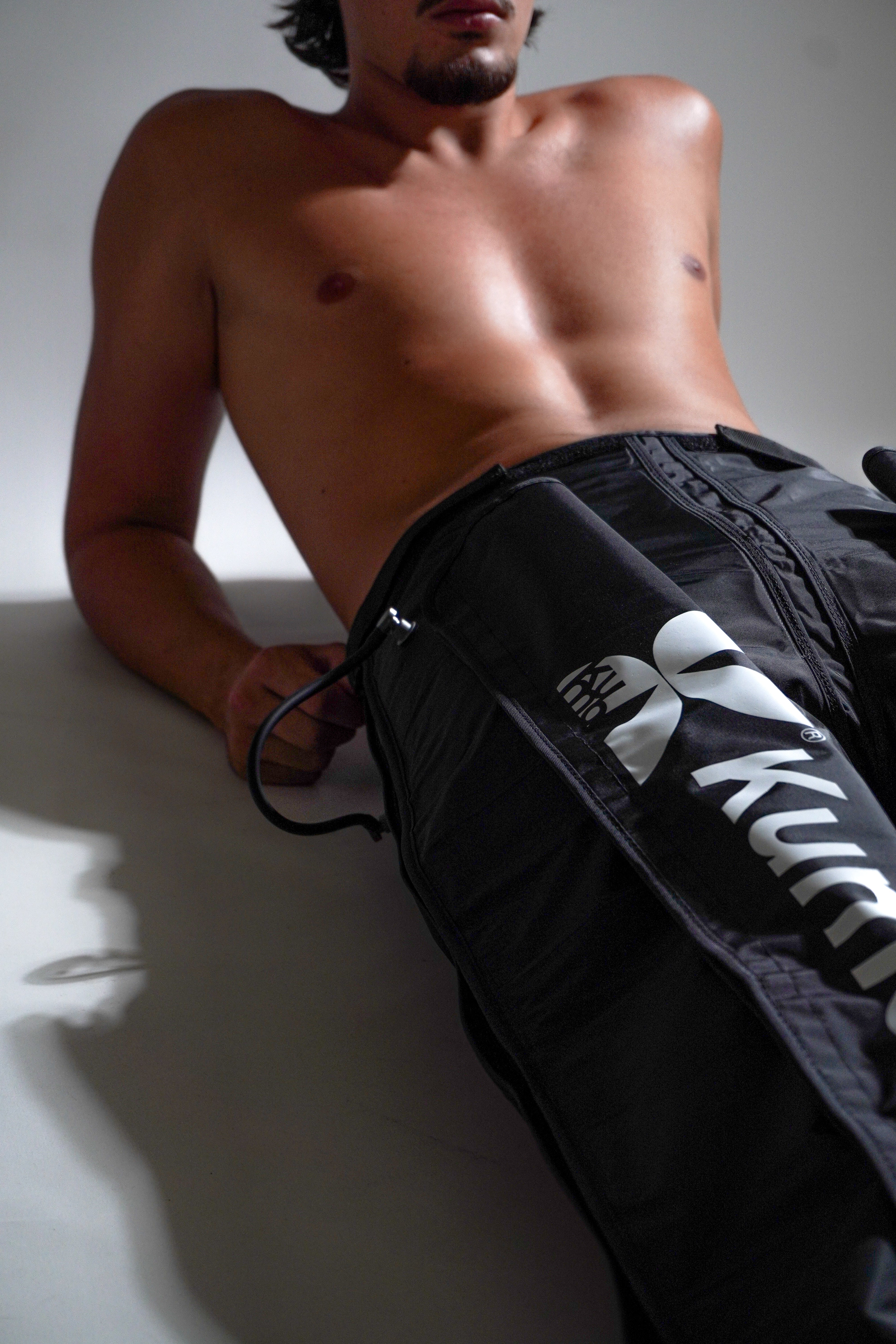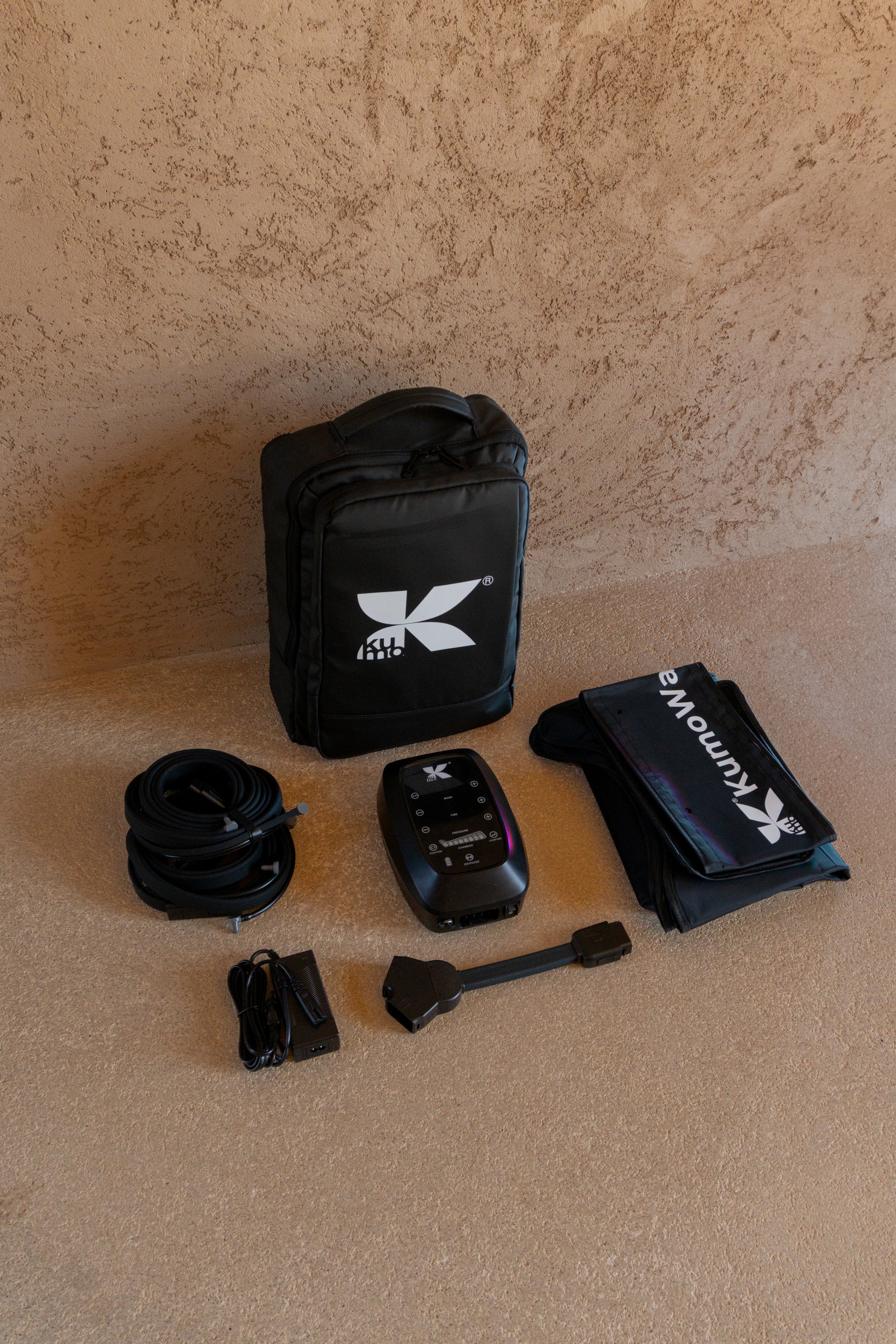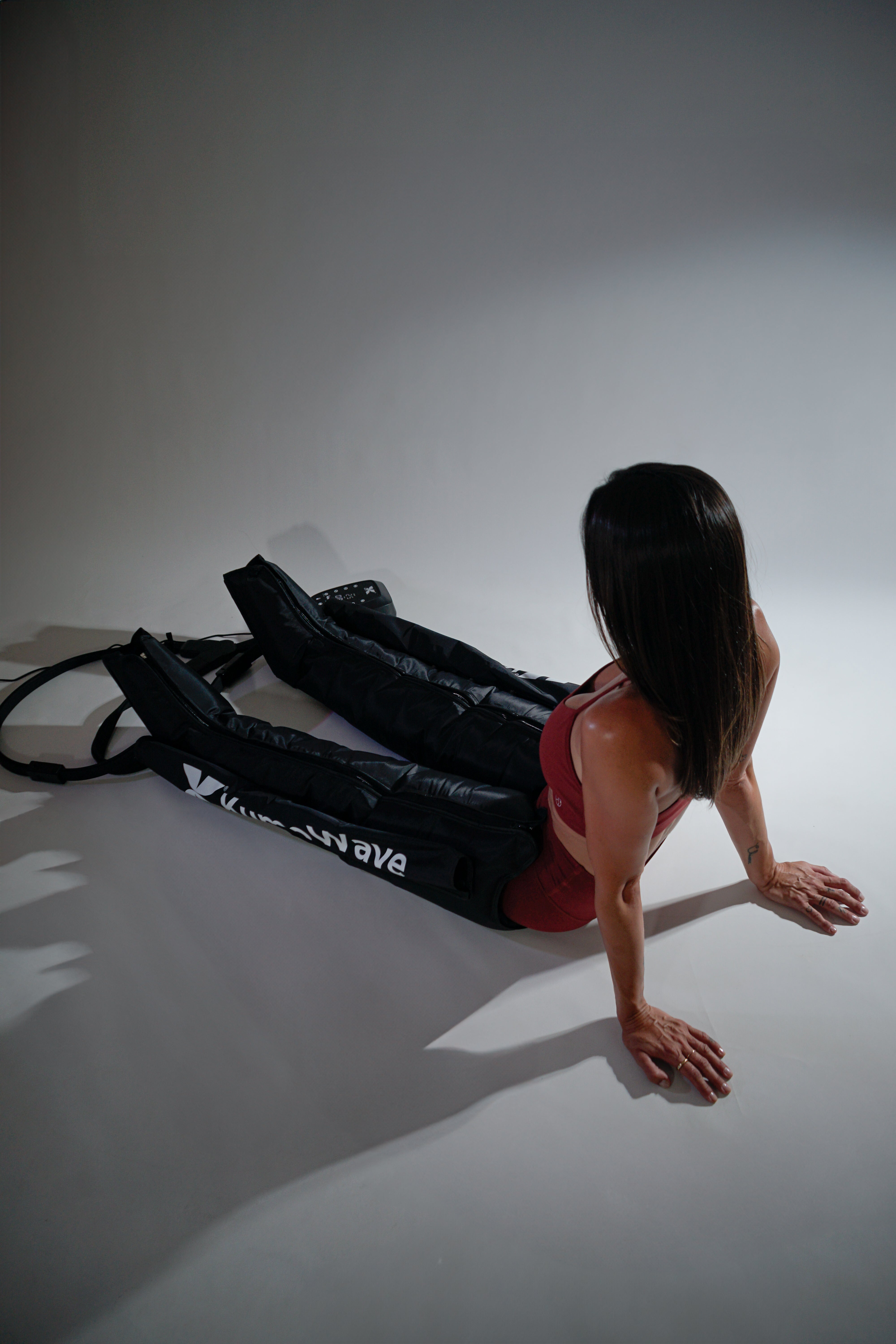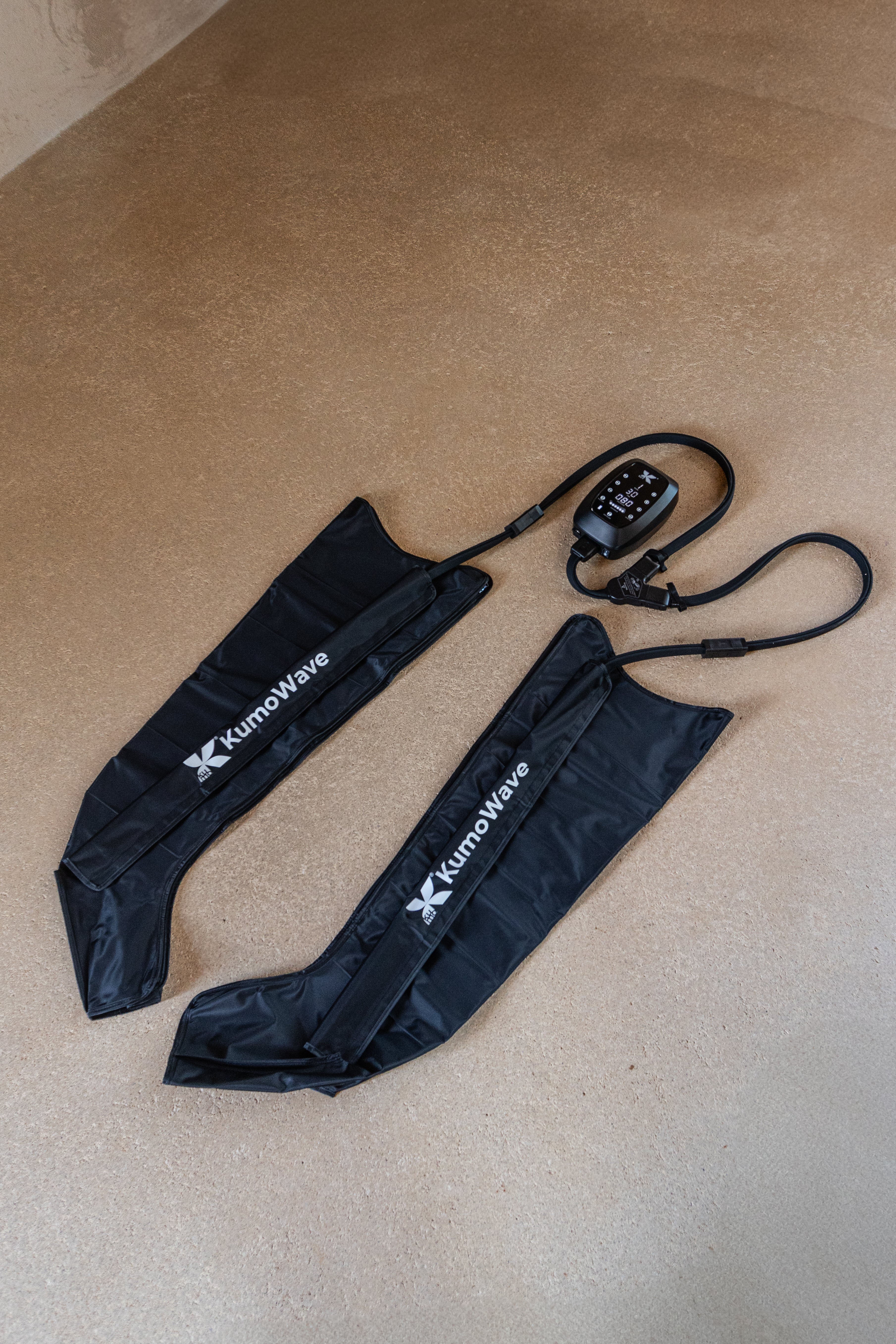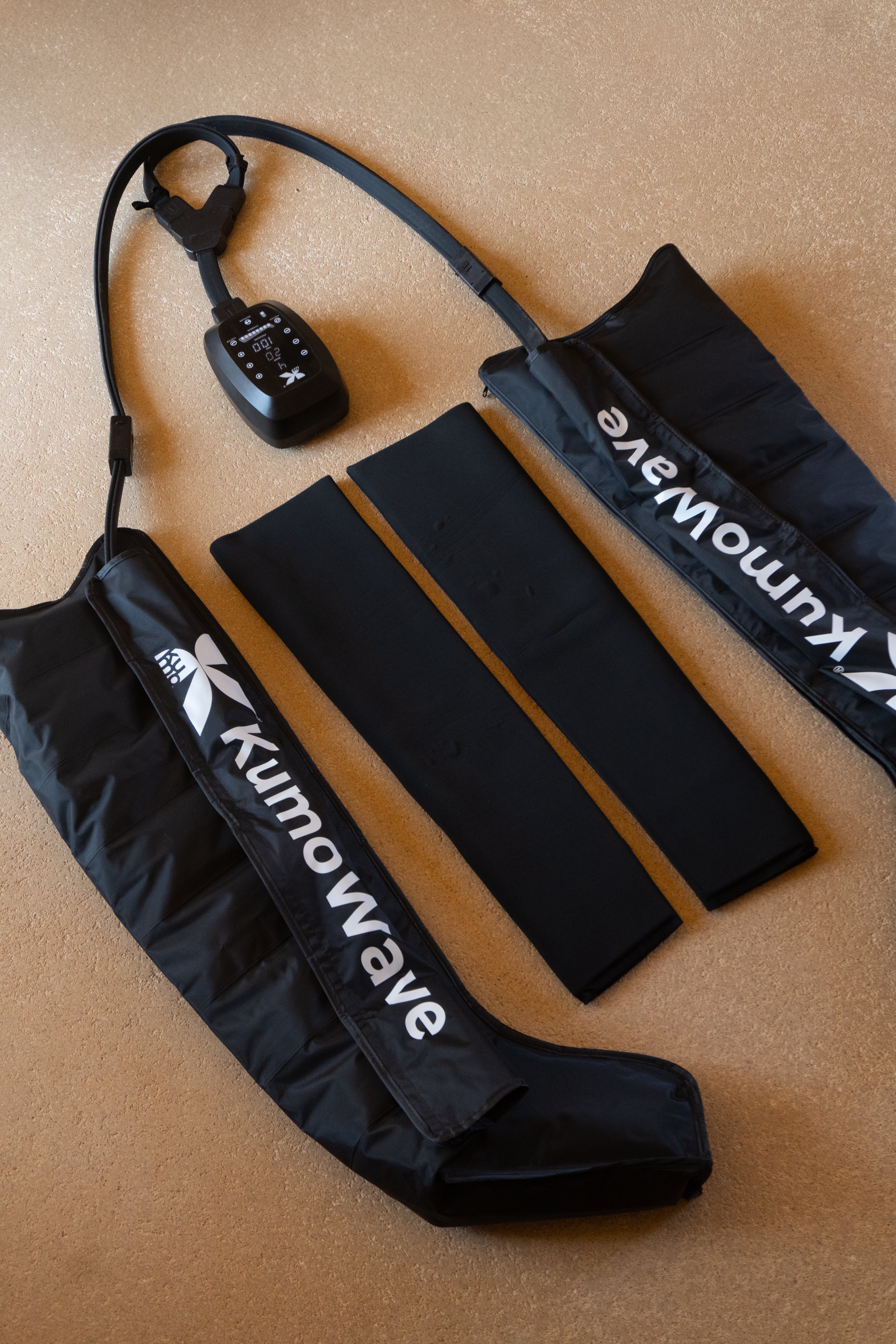Lymphatic drainage: what it is, what it's used for, and how to do it right. If you're looking to reduce swelling, relieve heavy legs, or support your recovery, here's a clear and practical guide that explains its benefits, indications, effects, and how to safely integrate it into your routine.
Coming soon
- Improves fluid return and helps reduce edema and the feeling of heaviness.
- Common indications: lymphedema, postoperative swelling, fluid retention, and sports recovery.
- Techniques: manual lymphatic drainage, pressotherapy, self-care (breathing, movement, hydration).
- Effects: Relief, lightness, and improved mobility; mild side effects if applied correctly.
- Avoid it in acute infections, active thrombosis, decompensated heart failure or without medical approval after surgery.
| Aspect | Summary |
|---|---|
| Main objective | Promote lymphatic flow and reduce swelling |
| Typical population | Lymphedema, postoperative, athletes, people with heavy legs |
| Methods | Manual (Vodder/Leduc), pressotherapy, supportive self-care |
| Indicative frequency | 1–2 sessions/week; maintain with habits and devices |
| Precautions | Avoid in infections, thrombosis, cardiac decompensation; consult during pregnancy and post-surgery. |
Lymphatic system: the essentials for understanding drainage
The lymphatic system is a network of vessels and nodes that returns fluids and proteins to the blood, filters pathogens, and supports the immune response. When this system slows down or becomes congested, swelling (edema), heaviness, and stiffness may occur. Lymphatic drainage uses gentle maneuvers or pneumatic compression to stimulate flow, improving fluid return and mobility.
Lymphatic drainage does not magically “detoxify” itself: its proven role is to optimize lymphatic movement and support the safe and gradual reduction of edema.
Benefits: What you can expect and when it helps
Lymphedema and chronic edema
In lymphedema (primary or secondary, e.g., after cancer surgery), drainage complements treatment with compression and exercise. It can help reduce volume and improve symptoms such as skin tightness or heaviness, especially when combined with bandages/stockings and self-care. Evidence suggests clinical benefits in structured programs, with results varying by stage and adherence.
Postoperative swelling and tissue recovery
After procedures such as liposuction or orthopedic surgery, some practitioners prescribe drainage to regulate inflammation, relieve discomfort, and promote mobility. Coordination with the surgeon is key: the timing and technique are tailored to the tissue being repaired, avoiding interventions in areas at risk of dehiscence or infection.
Tired legs, travel and standing work
If you spend long periods of time sitting or standing, or have taken long trips, drainage can provide temporary relief from heaviness, swollen ankles, and stiffness. Combining it with active breaks, leg elevation, and hydration often enhances the effect.
Sport: recovery and a feeling of lightness
For athletes, lymphatic massage and pneumatic compression can help reduce feelings of fatigue, facilitate venous-lymphatic return, and prepare for the next training session. Use it in conjunction with adequate sleep, nutrition, and well-planned training loads.
Skin and comfort
Gentle lymphatic stimulation can contribute to less tight skin where there is edema and a general feeling of "lightness." In aesthetics, it is used as a support to improve the appearance of swollen areas, always with realistic expectations.
Indications and contraindications
Common indications
- Lymphedema (after specialist assessment).
- Post-surgical edema (when authorized by the surgeon).
- Swelling due to prolonged immobility or travel.
- Heavy legs associated with slow venous-lymphatic return.
- Sports recovery between loading sessions.
When not to do it
Avoid it and consult your doctor if you have:
- Active infection (cellulitis, fever).
- Recent deep vein thrombosis or embolism.
- Decompensated heart failure or acute pulmonary edema.
- Uncontrolled active cancer in the area to be treated, unless medically indicated.
- Decompensated kidney/liver failure.
Special situations
- Pregnancy: may be indicated for heavy legs, but always with prior assessment.
- Post-surgery: Observe the healing phases; the professional will adjust pressure and areas.
- Fragile skin or wounds: avoid areas with active lesions.
Types of drainage and techniques that enhance it
Manual lymphatic drainage (MLD)
Techniques such as Vodder or Leduc use gentle, rhythmic maneuvers directed toward lymph nodes. Their goal is to "open" lymphatic areas and facilitate their return. A session typically lasts 30–60 minutes, with specific sequences depending on the area and the objective (e.g., volume reduction or symptom relief).
Pressotherapy (intermittent pneumatic compression)
Sequential air chamber compression helps move fluids from distal to proximal. It's useful for tired legs, sports recovery, and as support for professionally managed lymphedema programs. Explore quality options in our pressure therapy boots for home sessions with adjustable parameters.
Effective self-care
- Diaphragmatic breathing: 5–10 minutes activates the thoracic “pump.”
- Gentle movement: walking, range of motion exercises, and leg lifts.
- Skin hydration and care: promote tissue elasticity and security.
- Therapeutic compression when indicated by the specialist.
Technologies that complement your routine
Red light can support muscle recovery and tissue comfort after exercise. Discover our LED light therapy for short sessions that don't replace drainage, but rather complement it. To release myofascial tension and prepare tissue before compression, a device like KumoPulse Air can provide benefits in mobility and perceived well-being.
What a session is like: step by step
Before
Arrive well hydrated, avoid heavy creams on the day of your session, and communicate your medical conditions, medications, and goals. Wear comfortable clothing, and if you wear compression, bring it for post-treatment.
During
- DLM: Smooth, rhythmic, painless maneuvers; a feeling of relaxation.
- Pressotherapy: progressive compression and sequential release; adjust pressure to tolerance. A typical session lasts 30–60 minutes. It shouldn't hurt; the goal is to stimulate, not crush.
After
Possible increased urine output and a feeling of "lightness." Walk for a few minutes, hydrate, and, if indicated, put on your compression stocking or garment. Regularity (1–2 times per week at first) usually yields the best results, with maintenance depending on progress.
Side effects and safety
Mild and transient effects
- Need to urinate more frequently.
- Slight drowsiness or relaxation post-session.
- Mild reddening of the skin due to increased circulation. These effects are normal and subside within hours.
Warning signs
Stop and seek medical attention if severe pain, marked redness with local warmth, fever, dyspnea, or sudden worsening of swelling occurs. In lymphedema, sustained swelling, warmth, and pain may indicate an infection (e.g., cellulitis) that requires immediate medical attention.
Evidence and guidelines: what the science says
The literature supports drainage as part of comprehensive lymphedema programs, especially in conjunction with compression and therapeutic exercise. The International Society of Lymphology (ISL, 2020) guidelines recommend combined approaches tailored to the stage and patient. In a systematic review, Cochrane evaluated manual drainage after breast cancer treatment and noted symptomatic benefits with variable effects on volume, highlighting the importance of compression and professional support. For practical guidelines and patient safety, the NHS provides clear and up-to-date information.
To expand and connect these practices with your recovery routine, explore the KUMO universe, where technology and wellness meet.
FAQ
How many lymphatic drainage sessions do I need to see results?
It depends on the goal and the initial condition. For mild discomfort (heavy legs, travel), many people notice relief from the first or second session. For lymphedema or postoperative edema, a plan of 1–2 sessions per week for several weeks, combined with compression and exercises, is usually suggested. Improvement is best maintained with daily habits (movement, breathing, hydration) and support devices when indicated. A professional can adjust the frequency based on tissue response and your progress.
Does lymphatic drainage help with “detoxification”?
The term “detox” is imprecise and overused. Lymphatic drainage promotes the return of fluids and proteins to the venous system, supports the filtering function of lymph nodes, and can reduce swelling and feelings of heaviness. It does not replace liver or kidney function, nor does it “eliminate toxins” on its own. Instead, as part of a comprehensive approach—rest, nutrition, hydration, and movement—it contributes to improved comfort and tissue recovery.
Pressotherapy or manual drainage: which to choose?
Both can be useful and, in many cases, complementary. Manual drainage allows for customized maneuvers based on sensitive areas or scars, while pressotherapy offers consistent and efficient sequential compression at home. For heavy legs or sports recovery, pressotherapy is practical and repeatable; for lymphedema or post-surgery, manual therapy guided by a specialist is key, with possible support from pneumatic compression. Consider your goals, availability, and professional recommendations.
Is lymphatic drainage safe during pregnancy or postpartum?
During pregnancy, it can relieve heavy legs and swollen ankles, but it should be performed by an experienced professional after ruling out contraindications (e.g., uncontrolled hypertension). Postpartum, vascular status and general recovery are assessed before starting. If there are signs of thrombosis, infection, or complications, it should not be used. Always consult your doctor or midwife and adjust the intensity and duration to your situation.
What can I do at home to improve drainage?
Incorporate daily microhabits: diaphragmatic breathing (5–10 minutes), short, interspersed walks, 10–15 minute leg elevations, regular hydration, and skincare. Graduated compression prescribed by a practitioner and pneumatic compression therapy can facilitate consistency. Assistive technologies such as LED light therapy and massage tools like KumoPulse Air help prepare tissues and improve overall comfort.
To remember
- Lymphatic drainage reduces swelling and heaviness by optimizing lymph flow.
- Indicated for lymphedema, postoperative, travel, and sports recovery, with customization.
- Pressotherapy and manual drainage complement each other; consistency makes the difference.
- Safety first: avoid infections, thrombosis, and decompensation; ask questions.
- Reinforce with breathing, movement, hydration and compression when appropriate.
- Want to integrate recovery technology into your routine? Explore KUMO and, if you need guidance, contact us .
